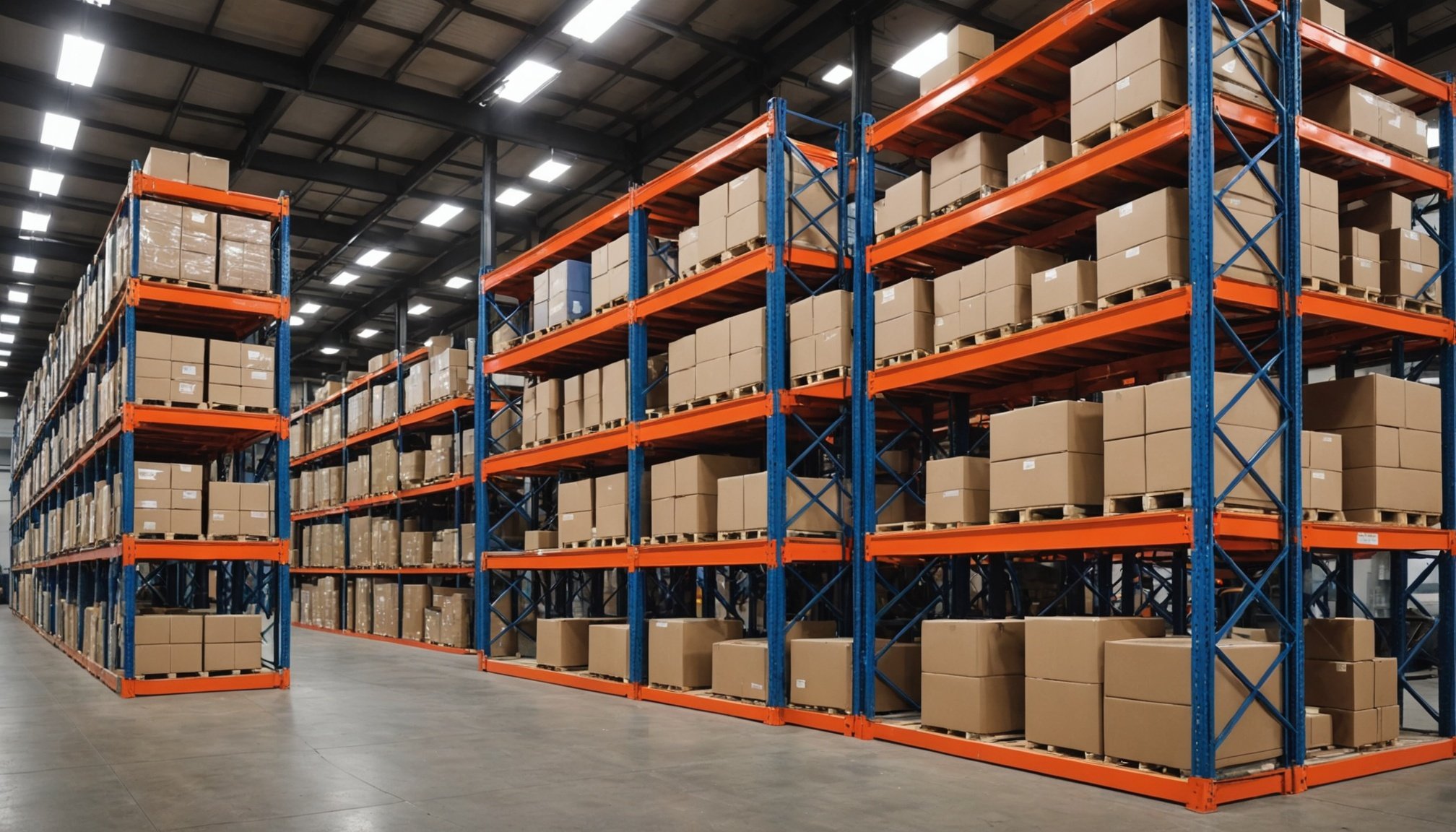Maximizing storage efficiency can transform your industrial operations significantly. Industrial racking solutions offer innovative ways to optimize space utilization, enhance organization, and boost productivity. By leveraging vertical storage and thoughtful design, businesses can minimize clutter and improve workflow. Discover how tailored racking systems not only meet safety standards but also adapt to diverse storage needs, ultimately revolutionizing your logistics strategy. Let’s explore the options that can elevate your operational efficiency.
Importance of industrial racking solutions in optimizing storage efficiency
Industrial racking systems have become essential tools in streamlining warehouse operations, particularly for facilities aiming to maximize storage efficiency and improve accessibility. With their capability to utilize vertical space, these systems transform underused environments into well-organized and high-capacity storage areas. Companies like Etalex play a vital role by providing modular and heavy-duty racking solutions, tailored to suit diverse operational needs. This not only helps reduce floor clutter but also supports enhanced inventory categorization and swift retrieval processes.
Also to read : Trendy contract tables that elevate your business environment
Accessibility and organization are pivotal in minimizing operational errors and boosting productivity. Categorized racking, featuring selective pallet systems or push-back racks, ensures workers can locate items quickly, whether employing FIFO (First In, First Out) or LIFO (Last In, First Out) stocking methods. This significantly reduces delays and picking times while maintaining seamless workflows. Such advancements are key for industries like e-commerce, pharmaceuticals, and food storage, where precision and efficiency are paramount.
Equally important are the strict safety standards and regulations governing racking systems. Structural integrity is non-negotiable, with racking solutions built to withstand heavy loads and incorporate robust safety accessories like column protectors. Clear aisles, facilitated by meticulous space management techniques, further prevent accidents, protecting both workers and equipment.
Also to discover : How Can UK Tech Startups Foster a Culture of Innovation?
Types of industrial racking systems and their applications
Selective pallet racking for fast-moving goods
Selective pallet racking stands out as one of the most common pallet racking solutions in warehouses. Designed for efficiency, it provides direct access to each pallet, making it ideal for industries managing fast-moving goods or a small number of Stock Keeping Units (SKUs). These systems are highly flexible and can be adapted into adjustable shelving systems to accommodate varying pallet sizes. This setup supports inventory management and racking techniques like FIFO (First-In, First-Out) by streamlining the picking process and minimizing handling time. Additionally, their compatibility with a variety of forklifts enhances material handling efficiency.
Drive-in racking for high-density storage
Drive-in racks deliver space-saving benefits by maximizing storage density. They are constructed to allow forklifts to drive directly into the racking lanes, reducing the need for traditional aisles, which helps significantly in maximizing vertical space. This type of racking is particularly beneficial for industries that prioritize bulk storage solutions or deal with seasonal inventory. By focusing on LIFO (Last-In, First-Out) storage methods, drive-in racks ensure compact arrangements while supporting storage solutions tailored for cost-effectiveness and space optimization.
Cantilever racking for long or bulky items
When it comes to heavy-load storage solutions, cantilever racking caters specifically to long or oversized items such as pipes, timber, and furniture. The open-sided design ensures quick access and easy handling, proving instrumental in managing industrial storage challenges. This setup also supports custom racking designs, allowing businesses to adapt their warehouse space to evolving needs efficiently.
Best practices and future trends in racking systems
Implementing effective racking system maintenance
Regular racking system maintenance is essential for safeguarding investments in industrial racking systems and ensuring operational longevity. Key steps include routine inspections to identify any structural damage or wear that may compromise safety or performance. Addressing issues like bent beams or misaligned frames maintains system integrity and reduces the likelihood of accidents, promoting a safer working environment in warehouses.
Incorporating adjustable shelving systems allows for flexibility, accommodating various product sizes and facilitating easy reconfiguration. Periodic checks on load capacity adherence are critical, preventing excessive strain on components like pallet racking solutions or heavy-duty racking. Maintaining cleanliness also minimizes debris accumulation, reducing risks of operational downtime.
Training staff on safety standards in racking reinforces best practices, such as proper loading techniques and recognizing early warning signs of wear. Collaboration with professionals for periodic audits ensures systems meet current guidelines, optimizing both safety and storage capacity.
Leveraging technology for enhanced efficiency
Adopting automated racking solutions and data-driven storage technologies streamlines workflows and maximizes productivity. Systems integrated with inventory management and racking processes enable real-time data tracking, reducing manual errors and improving stock accuracy. Features such as semi-automated or vertical lift modules complement efficient space utilization, essential for optimizing warehouse space and improving return on investment.











